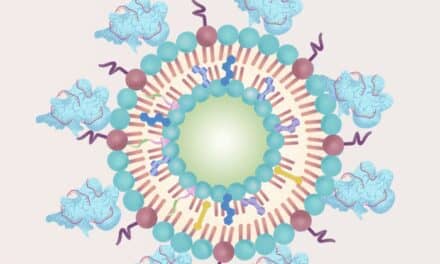A new Harvey L. Neiman Health Policy Institute study, published in the Journal of the American College of Radiology (JACR), characterizes national trends in oncologic imaging utilization.
“In recent years, there have been rapid advances in cancer diagnosis and treatment including the introduction of new technologies, changes in standard treatment protocols, and a shift toward the implementation of precision medicine based on a growing understanding of tumor biology,” says lead author Hedvig Hricak, MD, PhD, chair of the department radiology at Memorial Sloan Kettering Cancer Center. “This study is the first to use a national claims database to gather information on the share of radiologist-performed diagnostic imaging done for oncologic indications in the US and on the distribution of such imaging among different care settings.”
Hricak and her colleagues used 2004 and 2016 CMS 5% Research Identifiable Files in this study. These files contain all Medicare Part B claims for a 5% random sample of Medicare fee-for-service beneficiaries. Radiologist-performed, primary non-invasive diagnostic imaging exams were identified from billed codes; CT, MRI, and PET/CT examinations were categorized as “advanced” imaging.
The researchers found that oncologic imaging usage varied between practice settings. While the percentage of advanced OI done in academic settings nearly doubled from 2004 to 2016, the majority remained in non-academic practices. In addition, at the state level, the utilization of advanced OI was correlated with the state supply of radiologists in 2016, but not with states’ cancer prevalence.
“These findings indicate that strategies are warranted to disseminate oncologic imaging expertise throughout the radiology community,” says Andrew Rosenkrantz, MD, MPA, lead study author, professor, and director of health policy in the department of radiology at NYU Grossman School of Medicine and a Neiman Institute senior affiliate research fellow. “They also highlight a need for stricter application of evidence-based cancer imaging guidelines nationwide.”
For more information, visit www.neimanhpi.org.






